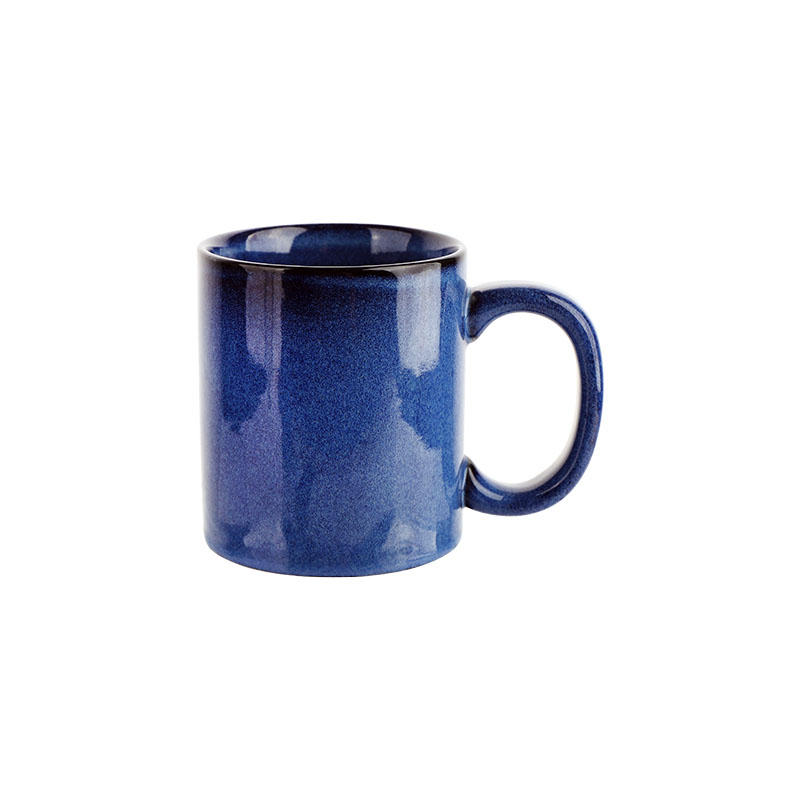Pulished on Sep. 16, 2025
Ceramic cups, as a combination of everyday utensils and artworks, have a value far beyond their appearance. At the level of materials science and technology, the quality differences of ceramic products mainly stem from three core technical indicators: raw material ratio, sintering process, and surface treatment. The key factors determining product safety and service life are often overlooked by consumers, such as the bonding strength of the glaze, thermal stability, and the amount of heavy metal leaching. The current market products vary in quality, and only by mastering professional identification methods can we avoid usage risks and purchase high-quality ceramic vessels that truly meet standards.

Many people confuse ceramics, but there is a huge difference in performance and sensory experience between "pottery" and "porcelain".
Pottery: It is usually made by firing clay with high iron content (such as purple clay) at a lower temperature (800-1100 ° C). The tire body is thick, the texture is relatively loose, opaque, and has good breathability. Therefore, ceramic cups are commonly used to brew tea leaves that require "breathing" and maturation, such as Pu erh tea and black tea.
Porcelain: Made by firing pure porcelain clay such as kaolin at high temperatures (1200-1400 ° C). The tire body is dense, hard, lightweight, semi transparent, with poor breathability but high smoothness. Ceramic cups can better maintain the original flavor of drinks, are easy to clean, and are the best choice for drinking coffee, green tea, milk, and more.

Glaze is a glassy layer that covers the surface of a ceramic body, which determines the beauty and safety of the cup.
Glazed color vs underglaze color: This is the most critical safety knowledge.
Underglaze color: The pigment is painted on the body and covered with a layer of transparent glaze. After high-temperature sintering, the pigment is firmly locked under the glaze, which is safe, non-toxic, wear-resistant and durable.
Glazed color: pigments are painted on the already fired glaze surface and then sintered at relatively low temperatures. The pattern has a textured texture, and there is a risk of heavy metals (such as lead and cadmium) leaching out during long-term use or when storing acidic/hot drinks.
How to determine: If the pattern on the inner wall of the cup is smooth and imperceptible, it is likely to be a safe underglaze or underglaze color; If the pattern is clearly raised and has a tactile feel, it is considered as glazed color, and it is recommended to avoid using it as a daily dining utensil.
The durability and water resistance of ceramic cups fundamentally depend on the quality of their sintering process. Fully sintered ceramic bodies can achieve complete ceramicization, forming dense microcrystalline structures and reducing water absorption to below 0.5%. This type of product has excellent mechanical strength and impermeability, which can effectively avoid the odor phenomenon caused by liquid penetration.
The identification of sintering quality can be achieved through the following methods:
Acoustic detection: When lightly tapping the wall with a hard object, high-quality porcelain bodies should emit crisp and pleasant high-frequency echoes, with slow attenuation of sound waves.
Microscopic observation: At the exposed edge of the mouth or bottom foot, high-quality porcelain body appears as a fine and uniform dense structure, with a glassy luster visible on the cross-section.
Specific gravity measurement: Under the same volume, fully ceramicized products tend to focus more on low-temperature sintered products due to their high glass phase content.

The selection of an ideal ceramic cup is a combination of rationality and sensibility. It is not only a presentation of aesthetics, but also a reliable partner in daily life. Mastering the core knowledge of the differences between porcelain and pottery, the safety of glaze and color, and the precision of craftsmanship is essential to surpass appearances and find the perfect vessel that combines beauty, safety, and practicality. Next time when making a choice, please make good use of your fingertips and ears, perceive the subtle differences in craftsmanship, and make every toast a reassuring enjoyment.